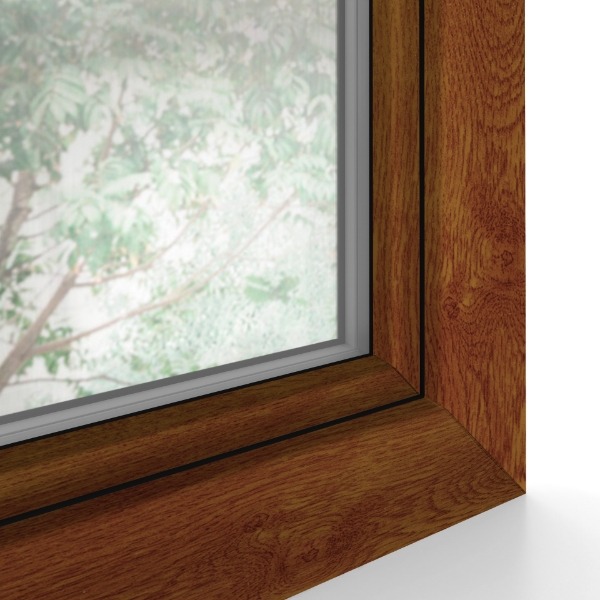UPVC
Energy-Saving UPVC Windows: A Sustainable Solution for Australia
Welcome to our comprehensive guide on energy-saving UPVC windows, a sustainable and eco-friendly solution tailored for the Australian climate. As the demand for energy-efficient alternatives continues to rise, UPVC windows have emerged as a popular choice for homeowners seeking to reduce their carbon footprint and cut down on energy bills. In this overview, we’ll delve into the benefits, features, and considerations of UPVC windows, highlighting their suitability for the unique Australian environment.
Benefits of Energy-Saving UPVC Windows:
- Thermal Insulation: UPVC (Unplasticized Polyvinyl Chloride) windows are renowned for their exceptional thermal insulation properties. The Australian climate varies widely, with scorching summers and chilly winters. UPVC windows help maintain a comfortable indoor temperature year-round, reducing the need for excessive heating and cooling.
- Energy Efficiency: By minimizing heat transfer through the windows, UPVC frames contribute significantly to energy savings. These windows can effectively reduce the reliance on air conditioning during hot months and heating systems during colder periods, leading to lower energy consumption and cost savings.
- Durability and Low Maintenance: UPVC is a durable material that can withstand harsh weather conditions, including intense sunlight, rain, and salt exposure in coastal regions. Unlike traditional wooden frames, UPVC windows do not require regular painting or sealing, reducing maintenance efforts and expenses.
- Noise Reduction: UPVC windows have soundproofing qualities that help create a quieter and more peaceful indoor environment, shielding occupants from external noise sources such as traffic and neighbourhood disturbances.
- UV Protection: Australian homes are often exposed to strong UV radiation, which can fade furnishings and affect indoor air quality. UPVC windows can be manufactured with UV-resistant coatings, helping to preserve your home’s interior and reducing the need for additional sun protection measures.
- Enhanced Security: Modern UPVC windows are designed with security features, such as multi-point locking systems, that enhance the safety of your home. This is particularly important in urban areas where home security is a concern.
- Noise Reduction: UPVC windows have soundproofing qualities that help create a quieter and more peaceful indoor environment, shielding occupants from external noise sources such as traffic and neighbourhood disturbances.
- UV Protection: Australian homes are often exposed to strong UV radiation, which can fade furnishings and affect indoor air quality. UPVC windows can be manufactured with UV-resistant coatings, helping to preserve your home’s interior and reducing the need for additional sun protection measures.
- Enhanced Security: Modern UPVC windows are designed with security features, such as multi-point locking systems, that enhance the safety of your home. This is particularly important in urban areas where home security is a concern.
Features of Energy-Saving UPVC Windows:
- Multi-Chamber Design: UPVC window frames typically feature a multi-chamber design that enhances insulation by creating pockets of air within the frame. This design helps minimize heat transfer and improve energy efficiency.
- Double or Triple Glazing: Energy-saving UPVC windows can be equipped with double or even triple glazing, incorporating multiple layers of glass with insulating gas fills. This construction further enhances thermal insulation and noise reduction.
- Low-E Coatings: Low-E (low emissivity) coatings can be applied to UPVC windows to reflect infrared heat while allowing visible light to pass through. This feature helps regulate indoor temperatures and reduces the need for excessive cooling.
- Customizable Designs: UPVC windows are available in a wide range of styles, colors, and finishes to complement your home’s aesthetic. Whether you prefer casement, sliding, or awning windows, UPVC can be tailored to your preferences.
Considerations for Choosing UPVC Windows in Australia:
- Climate Zone: Consider your specific location in Australia when selecting UPVC windows. Different climate zones may have varying requirements for insulation and solar heat gain, which can impact your choice of glazing and coatings.
- Supplier Reputation: Choose a reputable supplier with a track record of delivering quality UPVC windows. Look for certifications, warranties, and customer reviews to ensure a reliable product.
- Installation Expertise: Proper installation is crucial for maximizing the energy-saving benefits of UPVC windows. Work with experienced professionals who have a thorough understanding of the installation process.
- Cost vs. Savings: While UPVC windows may have a higher upfront cost compared to traditional options, their long-term energy savings and durability can outweigh the initial investment.
- Regulations and Standards: Familiarize yourself with local building codes, regulations, and energy efficiency standards to ensure compliance when installing UPVC windows.
In conclusion, energy-saving UPVC windows offer a sustainable and efficient solution for Australian homes, catering to the diverse climate conditions across the country. By providing superior thermal insulation, noise reduction, UV protection, and enhanced security, UPVC windows contribute to a more comfortable, environmentally friendly, and cost-effective living space. When making your decision, be sure to consider factors such as climate, supplier reputation, installation expertise, and long-term savings to make the most informed choice for your home.
uPVC windows are incredibly energy efficient and can achieve energy ratings of 6 Star and above. They can also be maintained with minimal effort and achieve excellent security ratings. Be sure to check that the uPVC has been correctly engineered for the Melbourne climate.
The lifespan of well-maintained uPVC windows is around 40 years.
uPVC is considered by some to be less visually appealing than the other materials. Woodgrain textures can now be applied to it, which do a fantastic job replicating the appearance of actual timber. A plentiful supply of colour finishes are available too.
Colour Selection

White

Malt Oak

Concrete Oak

Golden Oak

Anthracite Grey

Granite Grey

Ash Grey

Cream

Toffee Oak

Alpine Oak

Basalt Grey

Umbra Grey

